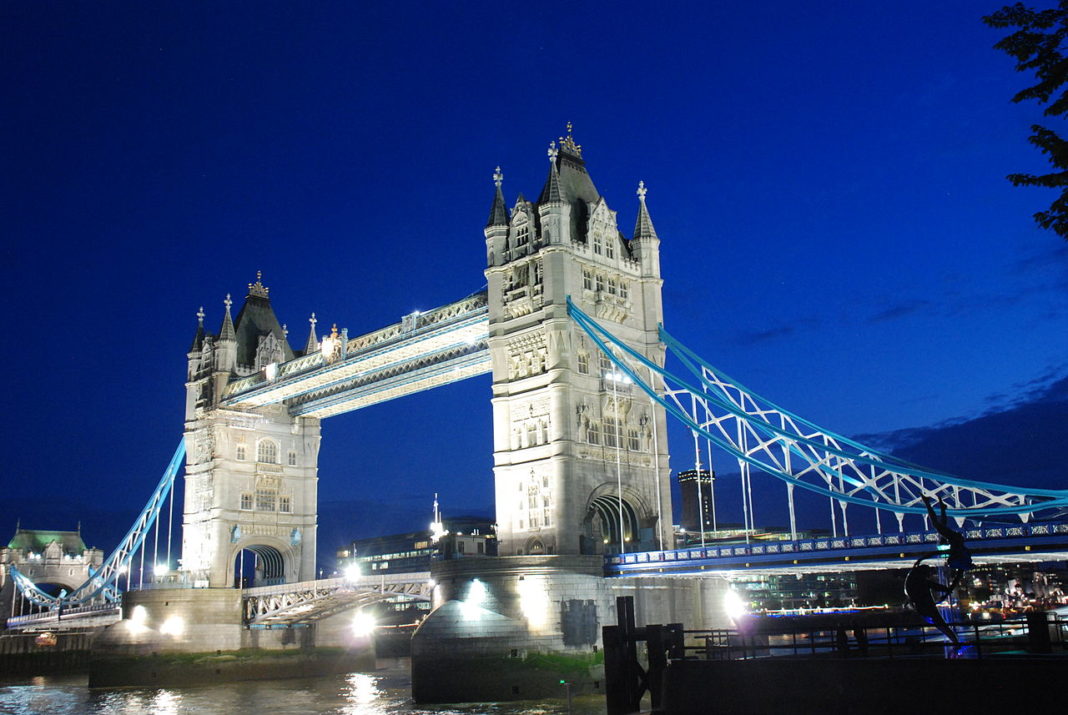Tower Bridge is a Grade I listed combined bascule and suspension bridge in London, built between 1886 and 1894, designed by Horace Jones and engineered by John Wolfe Barry with the help of Henry Marc Brunel.
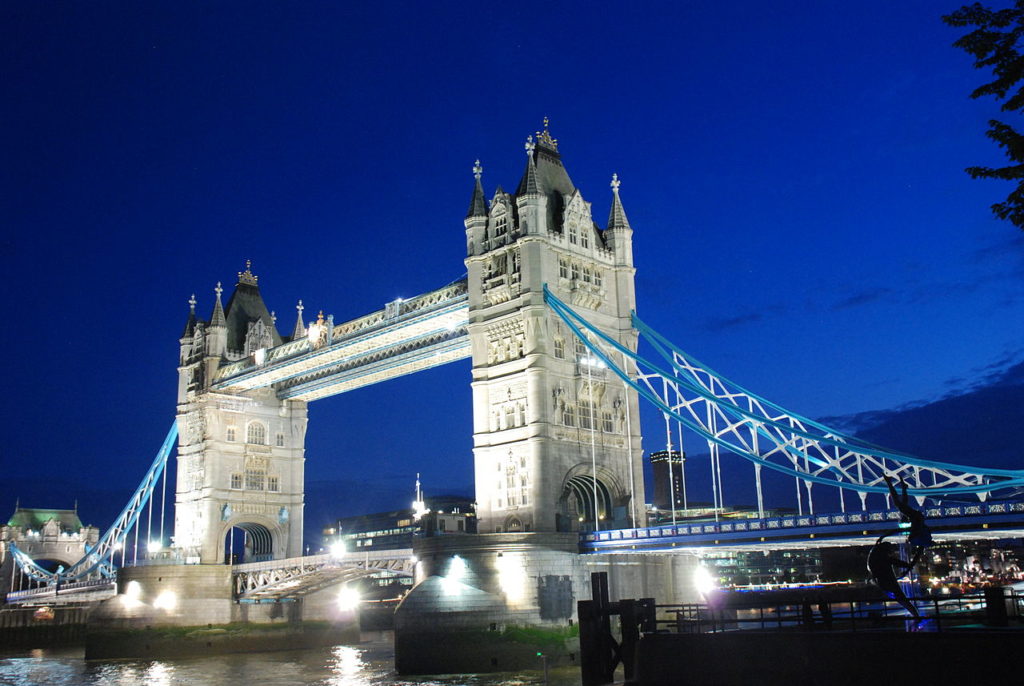
Tower Bridge crosses the River Thames close to the Tower of London and is one of five London bridges owned and maintained by the Bridge House Estates, a charitable trust founded in 1282. The bridge was constructed to give better access to the East End of London, which had expanded its commercial potential in the 19th century. The bridge was opened by Edward, Prince of Wales and Alexandra, Princess of Wales in 1894.
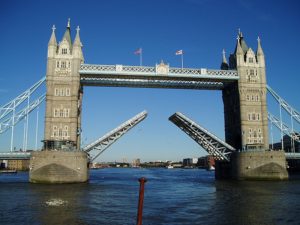
The bridge is 240 m in length and consists of two 65 m bridge towers connected at the upper level by two horizontal walkways, and a central pair of bascules that can open to allow shipping. Originally hydraulically powered, the operating mechanism was converted to an electro-hydraulic system in 1972. The bridge is part of the A100 London Inner Ring Road and thus the boundary of the London congestion charge zone, and remains an important traffic route with 40,000 crossings every day. The bridge deck is freely accessible to both vehicles and pedestrians, whereas the bridge’s twin towers, high-level walkways and Victorian engine rooms form part of the Tower Bridge Exhibition.
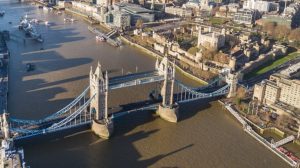
The Tower Bridge Exhibition is a display housed in the bridge’s twin towers, the high-level walkways and the Victorian engine rooms. It uses films, photos and interactive displays to explain why and how Tower Bridge was built. Visitors can access the original steam engines that once powered the bridge bascules, housed in a building close to the south end of the bridge.
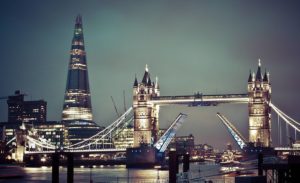
The exhibition charges an admission fee. Entrance is from the west side of the bridge deck to the northern tower, from where visitors ascend to level 4 by lift before crossing the high-level walkways to the southern tower. In the towers and walkways is an exhibition on the history of the bridge. The walkways also provide views over the city, the Tower of London and the Pool of London, and include a glass-floored section. From the south tower, visitors can visit the engine rooms, with the original steam engines, which are situated in a separate building beside the southern approach to the bridge.
According to Wikipedia





